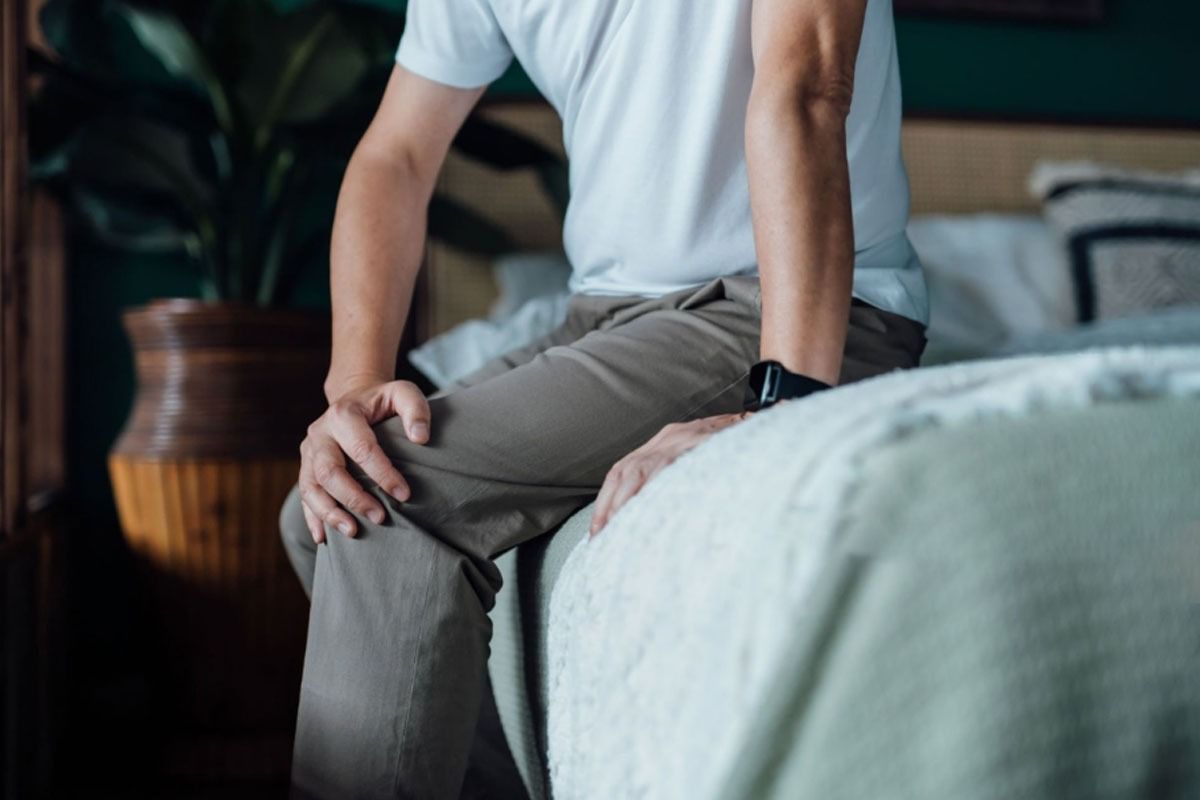National Bone and Joint Day 2022: We see many people aged 50 and over suffering from bone and joint pain. This can be avoided if bones and joints are properly cared for in the early years of life.Also Read – Understanding how obesity can affect your bone and joint health
One in three women and one in five men over the age of 50 suffer from osteoporosis. Osteoporosis is a decrease in bone mass—bone mineral density (BMD)—that leads to subtle bone loss and increased susceptibility to fracture. We build bone mass during our early years in childhood and adolescence, while we tend to lose bone mass during old age. Most people reach their peak bone mass by age 30. Women, especially after menopause, are more prone to osteoporosis. Also Read – How to protect your joints from cold weather?
That is why if proper precautions are not taken at an early age, it leads to severe bone weakness in the later years of life. Also Read – Yoga asanas: Practice these 6 bone-strengthening exercises to ward off osteoporosis
Dr. Anup KhatriA consultant orthopedic surgeon at Global Hospital, Parel Mumbai explains that problems with the joints and bones can lead to pain, discomfort, fractures, and even stooping posture or back of the waist, etc.
So, here we bring you some lifestyle changes which, if adopted at an early age, can keep your bones and joints healthy-
- Nutrition – A balanced diet of fruits, vegetables, grains, legumes and dairy products is essential for a healthy life. Dietary minerals such as calcium, magnesium and potassium and vitamins such as vitamin D are essential for good bone health.
- For adults, men ages 19 to 50 and 51 to 70, the Recommended Dietary Allowance (RDA) is 1,000 milligrams (mg) of calcium per day. The recommendation increases to 1,200 milligrams per day for women age 51 and older and for men age 71 and older.
- Milk, cheese, yogurt, dark leafy vegetables, chicken and boiled eggs are rich sources of calcium and phosphorus.
- Your body needs vitamin D to absorb calcium. For adults aged 19 to 70 years, the RDA of vitamin D is 600 international units (IUs) per day. The recommendation increases to 800 IU per day for adults 71 and older.
- Milk, soy, mushrooms, cod liver oil and egg yolks are rich sources of vitamin D. Sunlight also produces vitamin D under the skin.
- For muscle well-being – Vitamin E, essential amino acids, levocarnitine etc. are helpful. Visit a trained nutritionist if necessary.
- Exercise – Burning calories through exercise is equally important.
- Exercising for at least 30 minutes (adults) to 60 minutes (children) every day keeps muscles and bones strong.
- Cycling, weight training, endurance exercises and walking uphill with a light backpack are some good routines for good bone strength. Exercising also strengthens your muscles and helps maintain good posture and provides better joint stability. Physical activity should involve loading (stressing) the skeleton, especially to benefit bone health.
- In children and adolescents over 8 years of age, weight-bearing and short intense activities such as gymnastics, basketball, volleyball, running, jumping, dancing and soccer can be included in a regular routine.
- For adults, walking, jogging, stair climbing, and weight training should be gradually increased, and recreational activities such as hiking, tennis, and balance training should be incorporated into the routine.
- Pilates and yoga help with flexibility and core strength.
- Lose weight if you are overweight. Overweight people are more likely to develop arthritis and osteoporosis.
- Caffeinated drinks like cola or other fizzy drinks reduce calcium absorption. Therefore, to absorb calcium in the diet, one should avoid such caffeinated drinks.
- Tobacco and alcohol consumption can decrease bone mineral density. So stop smoking, chewing tobacco and drinking alcohol.
- Correct posture while sitting and standing helps prevent back and other joint problems.
Everyone over the age of 45 should have a bone mineral density (BMD) test. Especially post-menopausal women should get it checked at regular intervals.
“You don’t stop exercising because you get old.
You get old because you stop exercising.
-Anonymous
